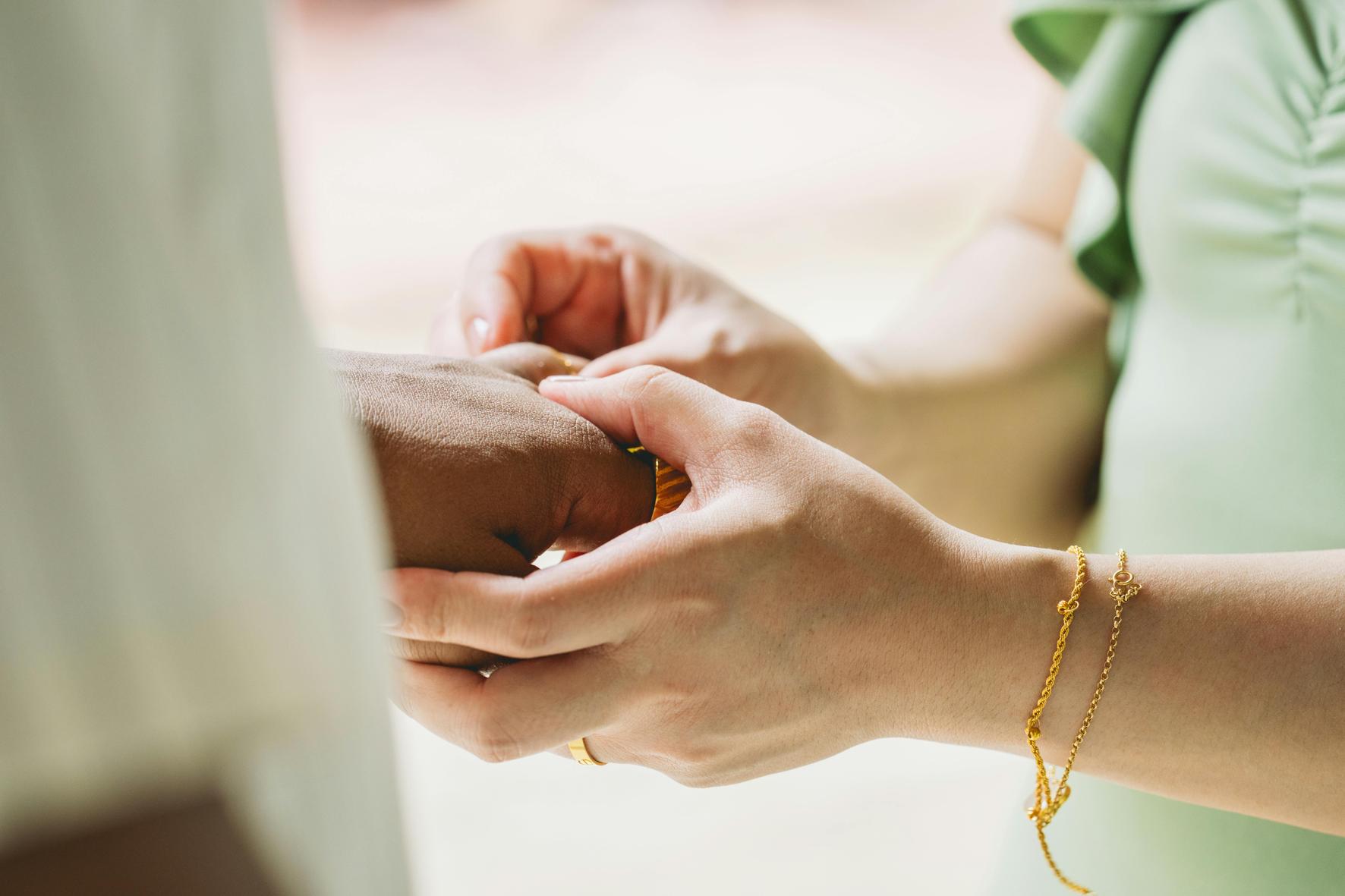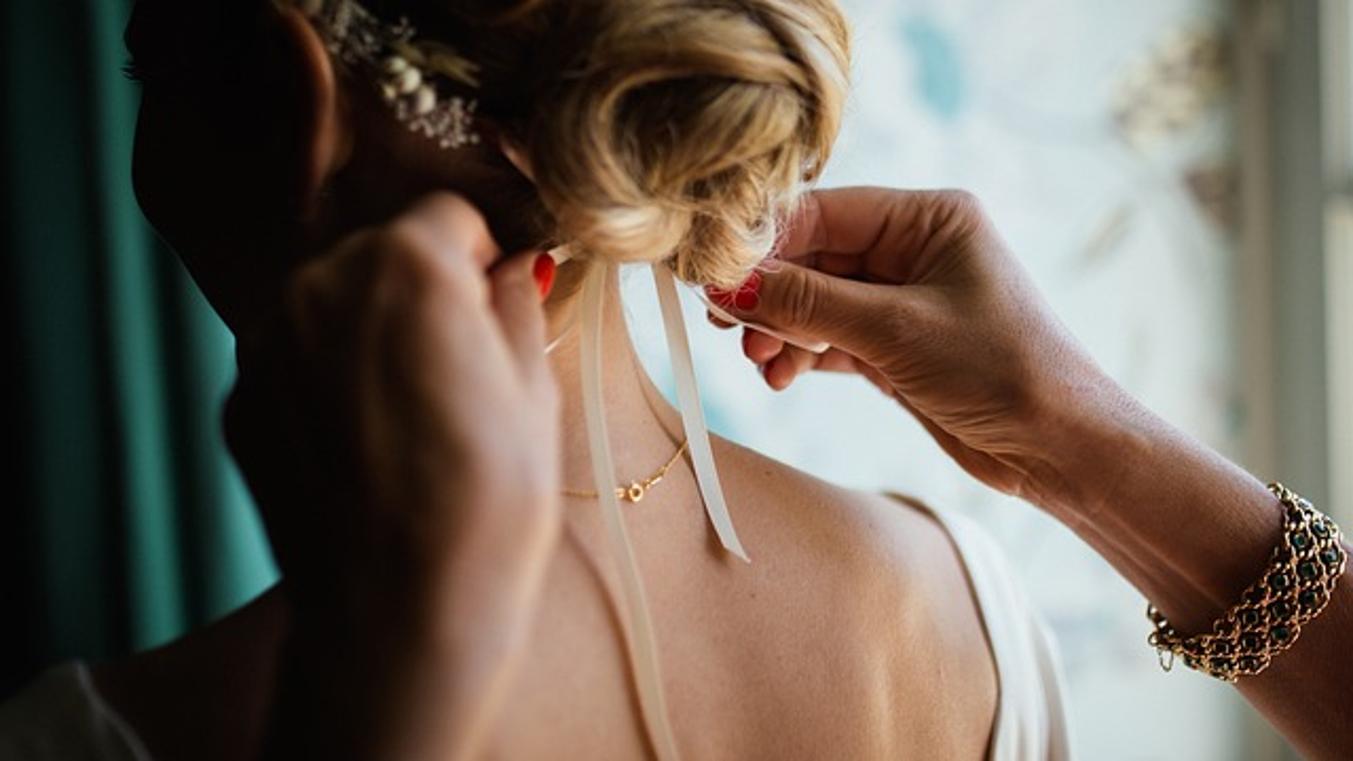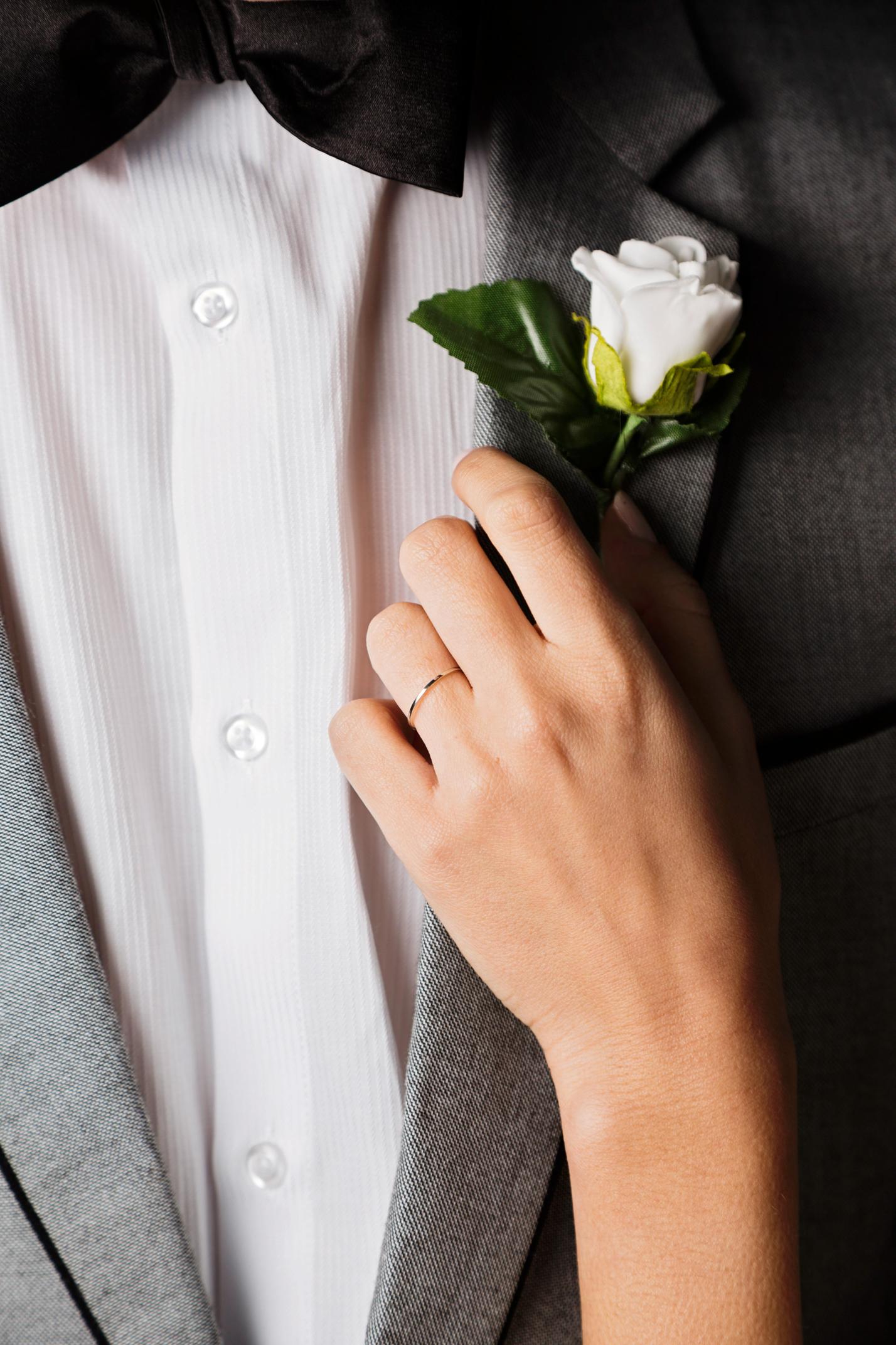Do Widows Wear Wedding Rings on the Right Hand?
Introduction
Widows often face deeply personal decisions regarding the symbols of their past life, one of which is whether or not to continue wearing their wedding ring. After the loss of a spouse, many may wonder about the appropriate way to honor their marriage while moving forward. One question that frequently arises is whether widows should wear their wedding rings on the right hand. This blog delves into the traditions and modern takes on this practice, offering perspectives from history, culture, psychology, and personal stories to aid widows in making the choice that feels right for them.

Historical Background
Historically, wedding rings have long held significant symbolic meaning. For centuries, the left hand’s ring finger has been considered the ideal spot for a wedding band due to the ancient Roman belief that this finger contains the ‘vena amoris’ or ‘vein of love,’ which was thought to be directly connected to the heart. This tradition traversed various cultures and religious practices, reinforcing its significance over time.
In the context of widowhood, historical practices varied. In some cultures, widows were expected to wear their wedding rings on their right hand as a societal indication of their changed status. This practice provided a way for the community to recognize and respect their enduring ties to their deceased spouse while acknowledging their change in societal role.
The historical roots of this practice deeply influence contemporary actions, offering widows a sense of continuity and a connection to past traditions, while also presenting choices that diverge from or adapt these customs to fit modern lifestyles and personal preferences.
Modern Traditions
Modern traditions surrounding widows and wedding rings present a more diversified picture. Contemporary practices have shifted from rigid societal expectations to more personalized forms of expression. Today’s widows may choose to keep their wedding rings on their left hand, move them to their right hand, or even stop wearing them altogether based on what feels personally significant to them.
This shift towards individual choice reflects broader societal changes where personal authenticity outweighs strict adherence to tradition. Social norms are increasingly accommodating different forms of grieving and remembrance, enabling widows to interpret traditional practices through their unique lenses.
Additionally, some widows choose to repurpose their wedding rings into new jewelry forms, such as necklaces or bracelets, allowing them to maintain a physical connection to their late spouse in a manner that aligns with their current tastes and emotional needs. These evolving modern traditions show how fluid and adaptable these customs have become, offering widows multiple avenues to honor their past while navigating their future.
Personal Stories
To further understand the emotional landscape of this decision, it’s helpful to consider the personal stories of widows who have navigated these choices. Mary, a widow from Texas, decided to move her wedding ring to her right hand after the passing of her husband. For her, this shift symbolized an enduring love that has now taken a new form. It provided Mary with a sense of continuity in her relationship while signaling a change in her life’s journey.
Conversely, Jeanette from New York chose to create a new necklace from her wedding ring. By doing so, she felt she honored her late husband in a manner that was both intimate and visible. ‘Wearing the ring as a necklace lets me hold John’s memory close to my heart. It’s transformative, turning something old into something new while still retaining its essence,’ Jeanette explains.
These personal stories highlight that the choice to switch the location of a wedding ring or transform its form can be a deeply personal and meaningful decision. Each widow’s approach reflects their unique relationship with their spouse and their journey through grief.
Psychological Perspectives
From a psychological standpoint, the act of moving or altering a wedding ring holds significant emotional and mental implications. Wedding rings are powerful symbols of commitment and love, and their placement can serve as physical representations of a widow’s emotional state.
Attachment theory helps elucidate why some widows might choose to keep their rings on. The ring symbolizes a secure bond with their spouse, providing comfort and continuity. On the other hand, the choice to move the ring to the right hand or transform it into another piece of jewelry can represent a step toward acceptance and personal growth after loss.
According to grief experts, actions like moving a wedding ring can be part of what is known as ‘continuing bonds,’ a way to maintain a connection with the deceased while also adjusting to a new reality. It’s a psychological way to navigate the balance between holding onto cherished memories and forging a path forward.
Whatever the decision, it is essential for widows to understand that there’s no ‘correct’ answer. Psychological wellness often comes from making choices that feel personally meaningful and emotionally satisfying, providing a small semblance of control in a period marked by loss and upheaval.

Practical Considerations
When deciding whether to move a wedding ring, widows should consider various practical factors. Here are a few to think about:
- Lifestyle: Daily activities and comfort are essential. Would keeping the ring on the left hand interfere with your routine, or would moving it to the right hand feel more convenient?
- Physical Size: If the fingers on your right hand differ significantly in size from those on the left, resizing may be necessary, which could affect your decision.
- Safety: Sometimes, external factors like work environments or safety guidelines might make wearing a ring impractical altogether.
Practical considerations can be as influential as emotional ones, steering the decision toward what’s best for daily life and overall wellbeing.
Expert Opinions
Experts in the fields of psychology, sociology, and grief counseling provide varying insights into this practice. Dr. Jane Smith, a psychologist specializing in grief, notes, ‘It’s crucial for widows to listen to their emotional needs. The decision to move the ring or recreate it into another form should be deeply personal and aligned with their journey through grief.’
Sociologist Dr. Mark Davis adds, ‘Cultural and societal norms are evolving. We’re seeing a shift towards more individualized expressions of loss and remembrance, which is healthier for personal identity.’
Grief counselor Eliza Long emphasizes, ‘The key is to provide widows with options and empower them to make choices that reflect their individual experiences and needs.’
Expert opinions underscore the importance of personal choice and emotional alignment, advocating for deeper, individualized approaches over rigid adherence to potentially outdated norms.

Conclusion
The question of whether widows should wear their wedding rings on the right hand is multifaceted, influenced by history, modern traditions, psychology, practicalities, and expert opinions. Ultimately, the decision rests with each individual widow and her unique journey through grief and remembrance. By exploring historical contexts, modern perspectives, personal stories, and psychological insights, widows can make a choice that honors their past while fitting comfortably into their present and future lives.
Frequently Asked Questions
What is the traditional practice for widows wearing their wedding rings?
Traditionally, some cultures have suggested that widows move their wedding rings to their right hand as a sign of their changed marital status.
How do cultural differences affect widows’ choices regarding wedding rings?
Cultural differences significantly influence these choices, with some traditions maintaining strict guidelines and others offering more flexibility, reflecting broader societal values and norms.
What should a widow consider when deciding whether to change the placement of her wedding ring?
A widow should consider emotional comfort, psychological significance, practical aspects related to daily life, and personal preferences when deciding whether to change the placement of her wedding ring.
